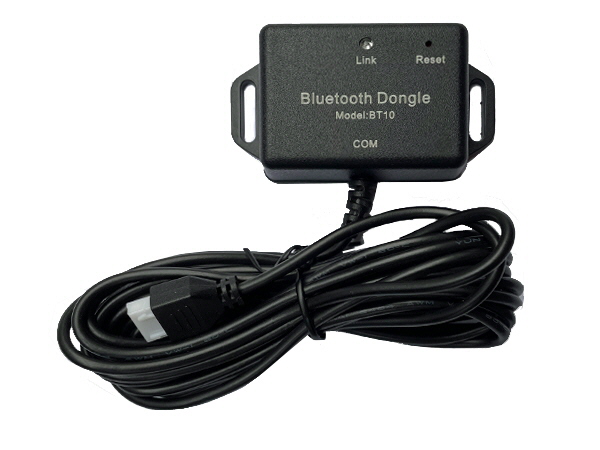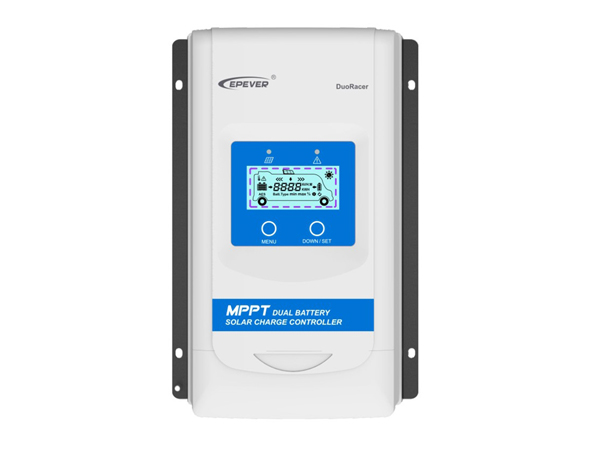Leisure Batteries - Lead Carbon
What is a lead carbon battery?
A lead carbon leisure battery, also known as a lead-carbon battery or lead-crystal battery, is a type of lead-acid battery that is designed for use in recreational vehicles (RVs), boats, and other leisure applications. These batteries differ from conventional lead-acid batteries in a few key ways:
- Construction: Lead carbon batteries use a combination of lead and carbon for the positive electrode (anode). The carbon material helps to increase the surface area and improve conductivity, leading to better performance and longer life.
- Improved cycling ability: Lead carbon batteries are designed to withstand frequent cycles of charging and discharging, which is common in leisure applications where the battery is regularly drained and recharged.
- Deep cycle capability: Unlike traditional lead-acid batteries, which are designed for starting applications (like starting a car engine), lead carbon batteries are designed for deep cycle applications, meaning they can be discharged to a lower state of charge without significant degradation.
- Low maintenance: Many lead carbon batteries are designed to be maintenance-free, meaning they do not require periodic water refilling or other maintenance tasks.
The key advantages of lead carbon leisure batteries include:
- Longer service life compared to conventional lead-acid batteries in deep cycle applications.
- Better performance in high-demand situations, such as powering appliances and electronics in RVs or boats.
- Reduced maintenance requirements.
However, lead carbon batteries also tend to be more expensive than traditional lead-acid batteries and may have a higher self-discharge rate when not in use. Overall, lead carbon leisure batteries are a popular choice for RV owners, boaters, and others who need a reliable, deep cycle battery for their leisure activities.






 Home
Home


